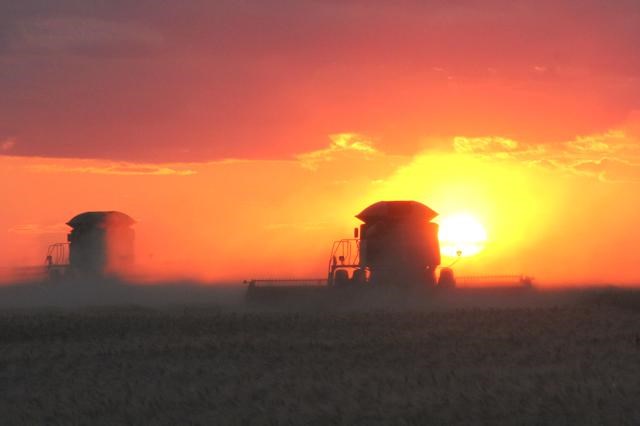Crops across the province are advancing quickly, according to Saskatchewan Agriculture’s weekly Crop Report.
Eighty per cent of the fall cereals, 78 per cent of the spring cereals, 76 per cent of the oilseeds and 78 per cent of the pulse crops are at their normal stages of development for this time of year. Crop conditions vary widely based on moisture levels but the majority of crops range from fair to excellent in condition.
Many areas of the province have seen another week of wild weather that brought hail, severe wind and crop damage; however, it also brought some much-needed moisture. Rainfall ranged from trace amounts to 103 mm in the Glaslyn area. The Turtleford area reported 61 mm of rain, the Broadview area reported 18 mm, the Shaunavon area 48 mm, the Lumsden area 10 mm and the Saskatoon area 52 mm. Some areas in the west-central and southwestern regions are still in need of a significant rainfall to help crops fill pods and heads.
Despite this week’s weather, livestock producers have continued with haying and now have 22 per cent of the hay crop cut and 47 per cent baled or put into silage. Hay quality is rated as seven per cent excellent, 65 per cent good, 25 per cent fair and three per cent poor. Many swaths are smaller than normal and hay yields are below average overall.
Estimated average dryland hay yields at this time are one ton per acre for alfalfa and alfalfa/bromegrass; 0.8 ton per acre for other tame hay and 1.5 tons per acre for greenfeed. Estimated average irrigated hay yields are 2.1 tons per acre for alfalfa; 2.2 tons per acre for alfalfa/bromegrass and 2.7 tons per acre for greenfeed. Pasture growth is limited in some areas and a significant rainfall would be beneficial.
Across the province, topsoil moisture conditions on cropland are rated as two per cent surplus, 57 per cent adequate, 30 per cent short and 11 per cent very short. Hay land and pasture topsoil moisture is rated as two per cent surplus, 45 per cent adequate, 35 per cent short and 18 per cent very short.
Producers have seen crop damage this week from a variety of sources. High temperatures and strong winds throughout the province continued to stress crops. Storms brought localized flooding, hail and strong wind. There have been some reports of high numbers of grasshoppers in areas, along with some disease issues caused by fusarium head blight, root rots and leaf spot diseases. Due to recent high temperatures, there has been some damage due to heat blasting in flowering canola crops.
A complete, printable version of the Crop Report is available online at http://www.saskatchewan.ca/crop-report. Follow the 2018 Crop Report on Twitter at @SKAgriculture.



